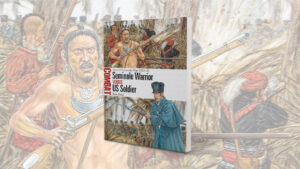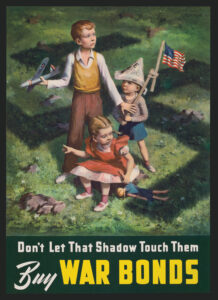Specialist 4, 90mm Recoilless Rifle, 47th Infantry, 9th Infantry Division January 1967-January 1968
I am from Newellton, La., about 7,000 people, a very rural area. My dad was a logger, and mom was a hairdresser and a seamstress who made wedding dresses. My grandfather and uncles were sharecroppers. I didn’t even know we were poor until I went to Southern University in Baton Rouge.
My experience was Jim Crow South. Everything segregated. At 12, I was picked up and beaten with a belt at the sheriff’s station. In high school, over the summer most of my classmates would work a half-day, but I preferred to go to school a full day. I hated fieldwork and just didn’t want to be around whites. When I graduated, I received an award for perfect attendance, grades 9-12. I had also been captain of the basketball team.
At Southern University I tried to walk on to the basketball team. I didn’t get a scholarship, however, so I went to live with my brother in Las Vegas to go to school. Though I had been getting deferments, by the fourth semester I was drafted. I thought, “You’re going to be in the white world now,” but I had studied history and believed in the war cause and fighting for your country.
On the bus to the Los Angeles induction center, I noticed this little guy, Ron Schworer. He sat there with perfect posture, knees together, big glasses, reading a book. I thought, “Wow, he is puny,” but I liked him. I introduced myself and took him under my wing.
Fort Riley in Kansas was my first integrated setting. Most of the 9th came from either the West Coast or the Midwest, so we were a very diverse group. I was cautious, but at our first meeting in Charlie Company, Lieutenant Jack Benedick, our platoon leader, laid it out straight: “I don’t see no black or white soldiers; I see soldiers trying to accomplish a mission and will treat you all equal. I will tolerate nothing but the best.” I think, “This guy is all right!” We started out marching, doing pushups, doing laps, etc., and some whites were not coordinated or educated. I thought the race inferiority I was feeling was a lie! I was in great shape, 180-190 pounds. I could box and could even type.
You had to be all man in the Army, and Schworer was not. He barely made it through the monkey bars. Others would laugh, but I stood up for him and cheered him on. He was an only child, and Benedick told him he could get out, but Schworer said he ain’t got no family; we were his family.
We left San Francisco in January 1967 aboard USS John Pope, carrying 4,200 troops. We disembarked at Vung Tau and loaded onto trucks for Camp Bear Cat. Our first missions were light: one to two days out just to break us in.
Benedick chose a mix of black, white and Hispanic squad leaders. We hated night patrols. We would get in little boats and run ambushes on narrow creeks. We’d see bodies bobbing in water, flares all night long. Drinking became heavy and pot smoking too.
In April we were crossing a stream when a U.S. helicopter gunship mistakenly began an attack run over us. Schworer and I were on air mattresses; he couldn’t swim and I had to keep my ammo and equipment dry. In the excitement we lost Schworer. Benedick dove down several times in the swift-moving water, and the rest of us searched the stream banks, in holes and under trees, but we never found him. I tried to gather my thoughts, but it wasn’t until I was back at camp that it really hit me. I thought, “If a good person like Schworer could die, what does that mean for the rest of us?”
After June we began an infusion process and got lots of replacements. Charlie’s original members drew closer together. Every morning we went through our routine to prepare for patrol, becoming more concerned about keeping each other alive than why we were there fighting. Then in October, because of foot problems that put me in the hospital, my profile changed to “not fit for combat,” and I was assigned to a trucking company for my last 90 days in-country. I missed the rigorous camaraderie in Charlie Company.
I returned to the United States and quickly learned not to wear my uniform. I stuffed it in the bottom of my duffel, along with my feelings. Vietnam had taught me how to evade pain by using alcohol and drugs, and I lost years to addiction. In 1998, with the help of counseling, I began to reclaim myself and eventually became certified as a chemical dependency counselor. Then in 2001 I got a call that brought me back to life: It was one of my brothers from Charlie Company.
Adapted from Willie McTear’s oral history taken by Andrew Wiest for his book Boys of ’67: Charlie Company’s War in Vietnam, now a documentary film titled Brothers in War.
Originally published in the June 2014 issue of Vietnam. To subscribe, click here.




